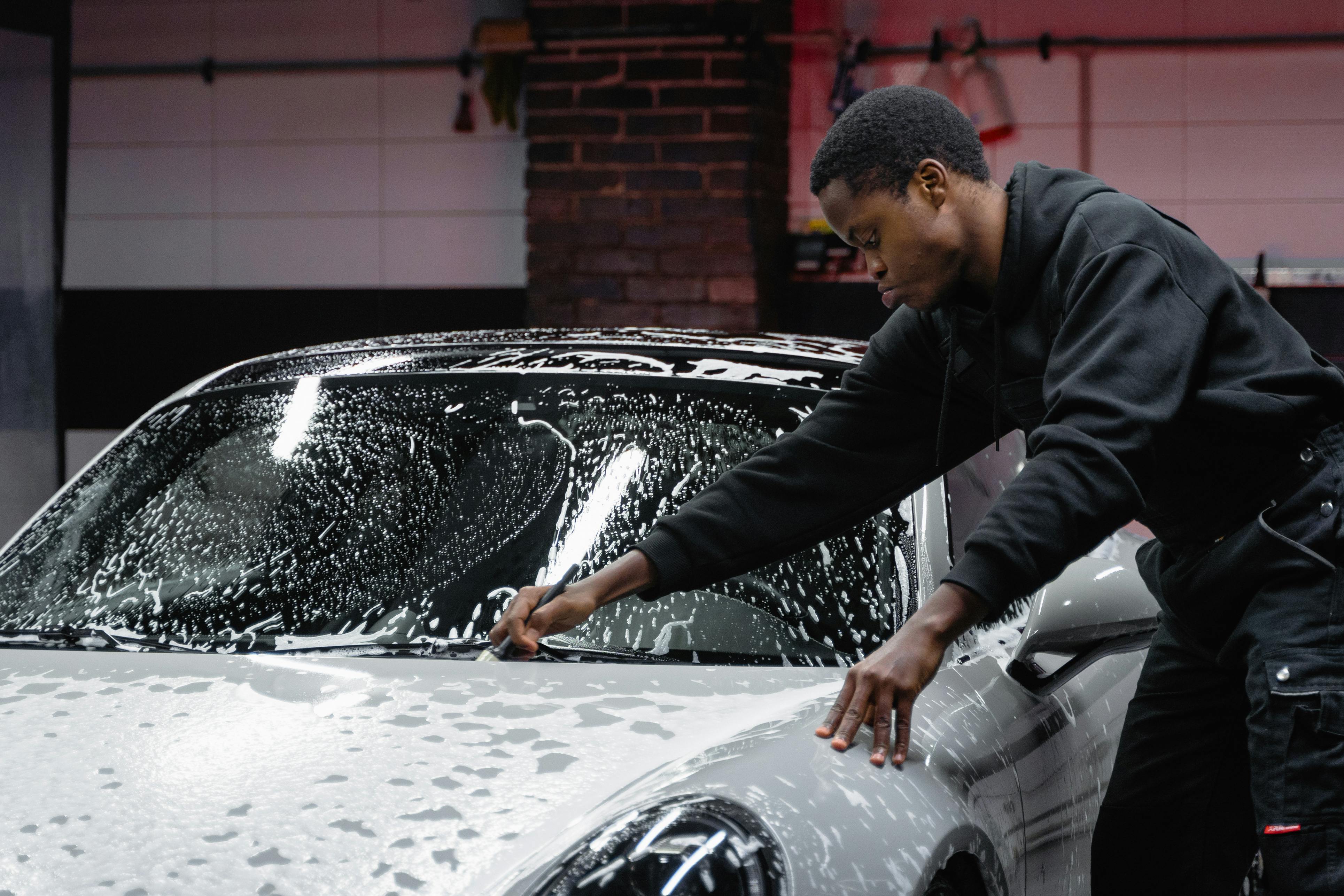Although it’s a drive, bus, limo or luxury sedan from anywhere in suburban Detroit, Comerica Park has become a major draw this summer, largely due to the successful 2006 Tiger season and its current season. with a record over .500 for the year, so far.
The famous park is almost 10 years old and is another in the line of picturesque ballparks from days gone by situated in the heart of a major downtown metropolis.
And naturally, tigers are the theme of this park. Its brick exterior is surrounded by stone tiger heads with a baseball between clenched teeth. Huge scowling tigers guard the two main entrance gates, both on the right field line. Comerica Park also has brick in the one place where it’s most likely to be noticed: the area that extends from both sides of the tree-lined batter’s backdrop.
The brick wall serves as the Tigers Wall of Fame, with the last names of six Tigers immortalized on the wall at center left. On the concourse above, there are six 13-foot sculptures of former tiger greats Al Kaline, Hal Newhouser, Charlie Gehringer, Hank Greenberg, Ty Cobb, and Willie Horton. Aside from Cobb, who played before there were numbers, the other five have their retirement numbers etched into the brick directly below their statues.
The last names of Tiger legends who played before numbers were used adorn the brick stretch of right center field. One notable exception is the Harwell name, after the famed Tiger announcer, who retired after the 2002 season after 55 years in the booth.
Comerica Park has many other distinctive features, although not all of them are original. The first thing you notice when you look out onto the field of play is the huge scoreboard in left field. At 147 feet tall by 202 feet wide, it is the largest in baseball. The idea was borrowed from Cleveland’s Jacobs Field Jumbotron, which was the largest until Detroit copied the feature and made it slightly larger.
Sitting on top of the scoreboard, on either side, are a pair of orange and black tigers, whose eyes flash green when a tiger hits a home run and during the classic Survivor song “Eye of the Tiger”.
The park takes other architectural cues from Jacobs Field with the toothbrush-shaped light towers. While Tiger Stadium’s distinctive bank of lights can still be seen from most places in Detroit, Comerica Park can only be seen from a short distance. The field is dug below street level, so the ballpark doesn’t appear to be very large when you approach it from the outside.
Directly over the batter’s backdrop in center field is the General Motors Fountain, which sits dormant during the game unless a Tiger hits a home run. It is used before and after games when it squirts choreographed water to music.
The fountain is also the centerpiece of the fireworks show that occurs after every Friday night Tigers home game. Spraying water up to 150 feet high, the fountain is programmed to change lights and music. If you sit on the upper deck, you can easily see General Motors’ cylinder-shaped headquarters directly behind the fountain it sponsors.
Other specific facts about Comerica Park:
Physical Address: 2100 Woodward Avenue
Construction cost: $300 million (HOK Sport)
Construction began on October 29, 1997
Public financing paid for 38.3% ($115 million) of the cost of the stadium. Tigers owner Mike Ilitch paid the remaining 61.7% ($185 million)
Naming rights: Comerica Bank pays $2.2 million per year through 2030
A dirt path leads from the pitcher’s mound to home plate, where the batter’s cutout area is shaped like home plate.
As a tribute to Tiger Stadium, the flagpole located between center field and left field was originally at stake. That changed after the 2002 season when the left field wall was moved.
The original seating capacity was 40,000. In 2005 the right field bullpens were moved and 950 seats were added in their place.
Checker Sedan is a premier form of transportation that Tiger fans use to get to and from the park. inspector, [http://www.checkersedan.com], was established in March 2000 and has become the fastest growing chauffeured licensed luxury sedan company in the Detroit metro area. Checker Sedan is a subsidiary of Soave Enterprises, a private investment and management firm founded by Detroit businessman Anthony L. Soave. Checker Sedan is the official curbside luxury sedan provider for Detroit Metropolitan Airport.
